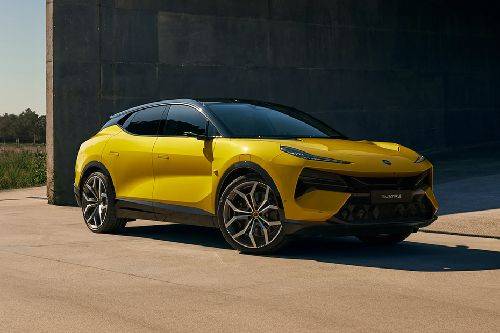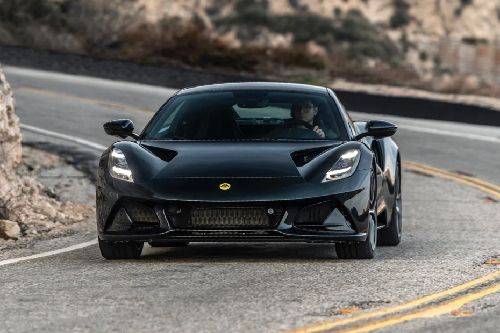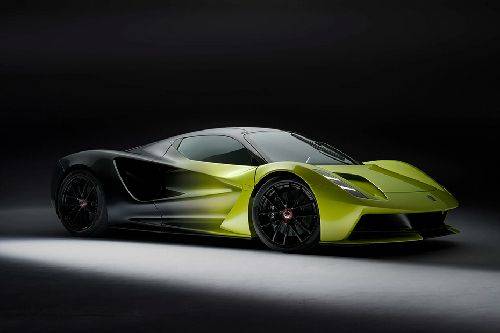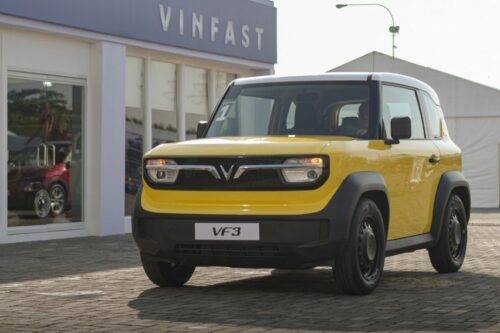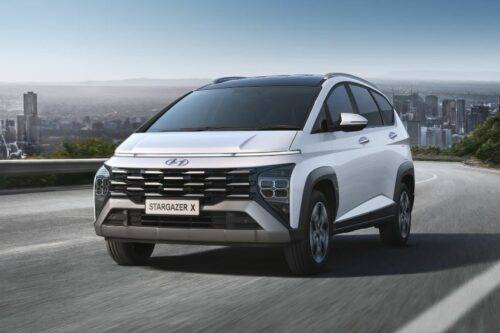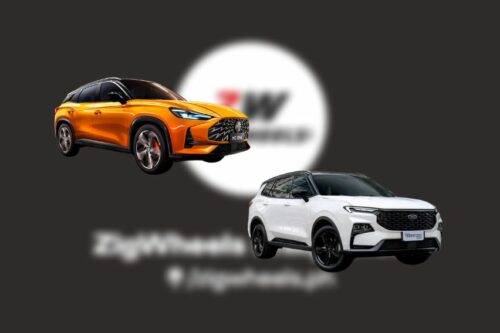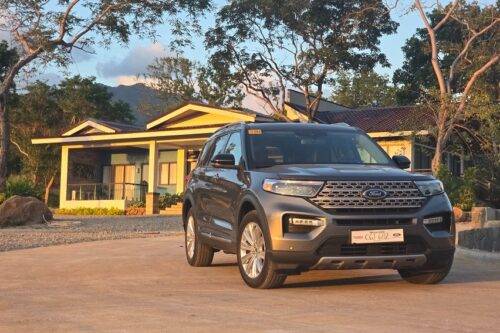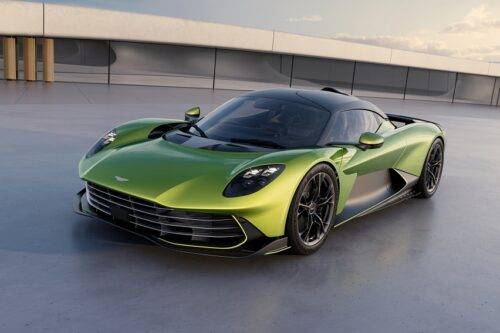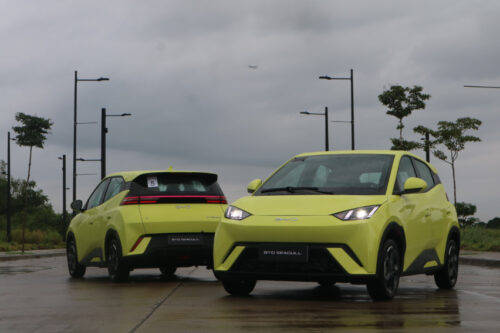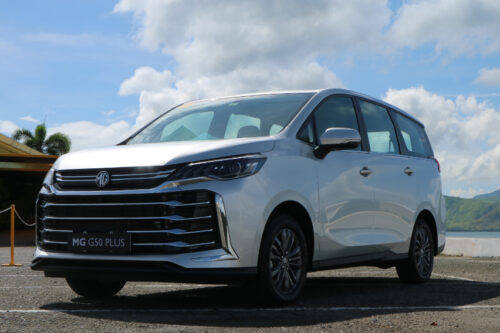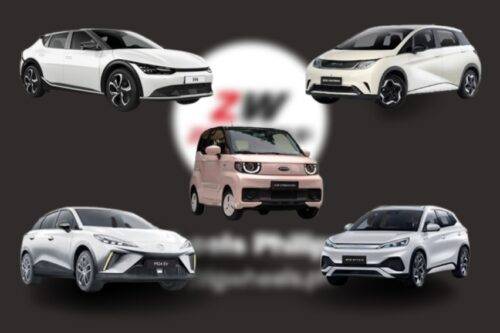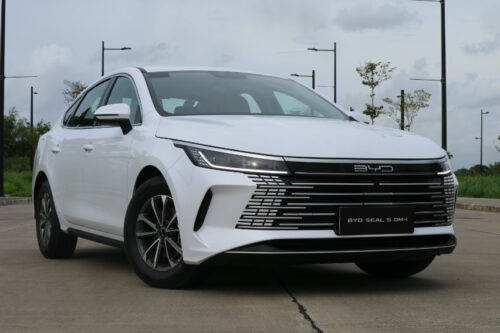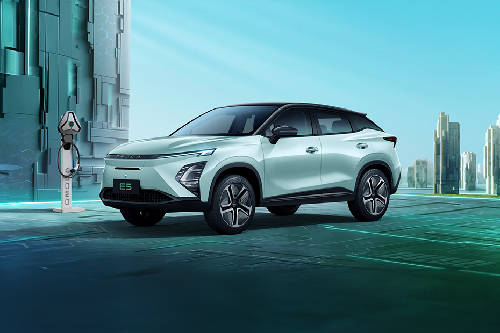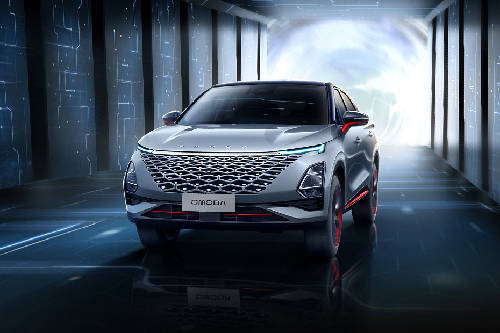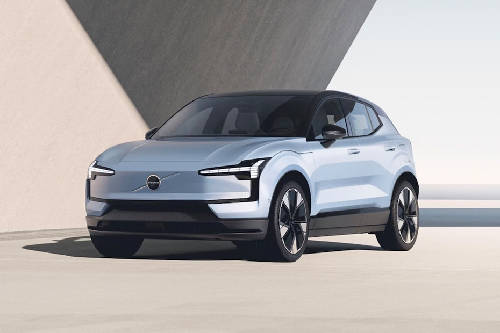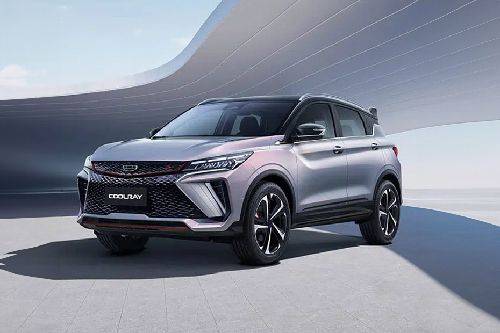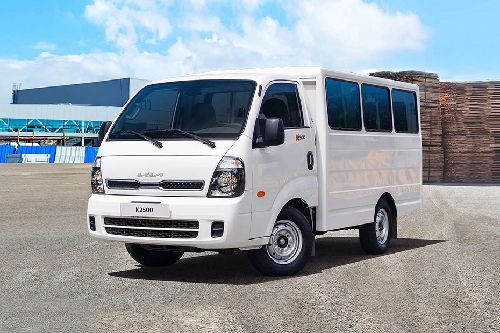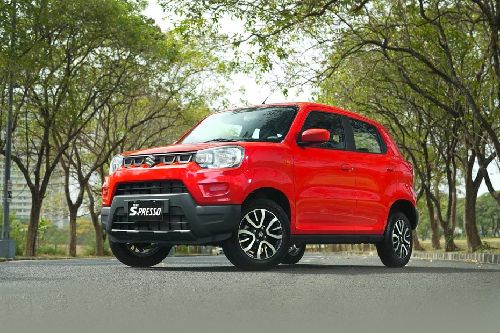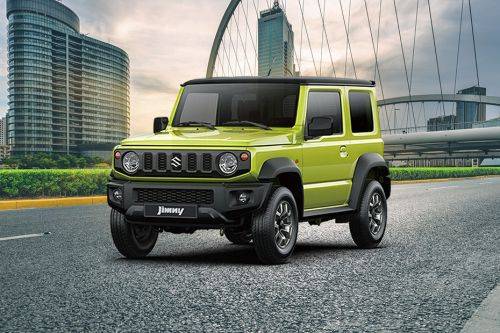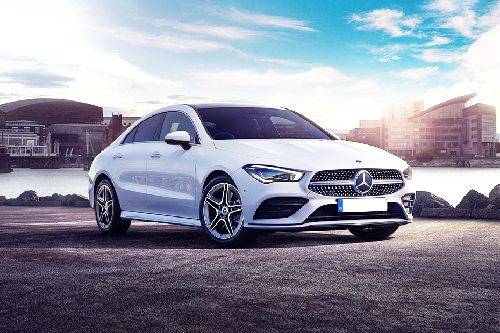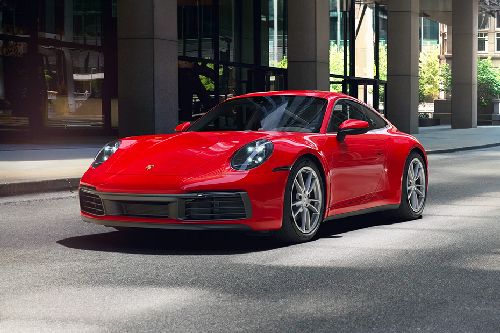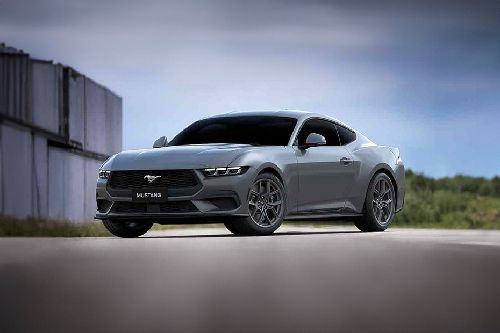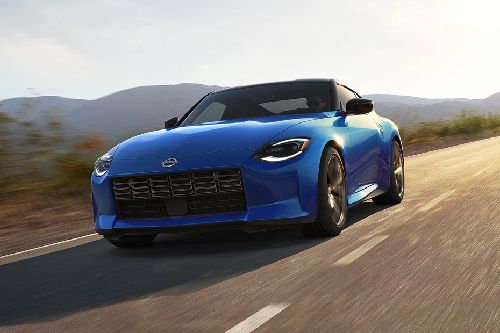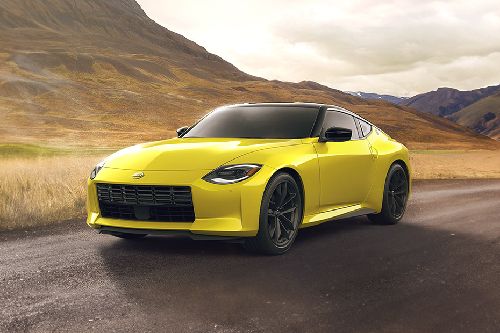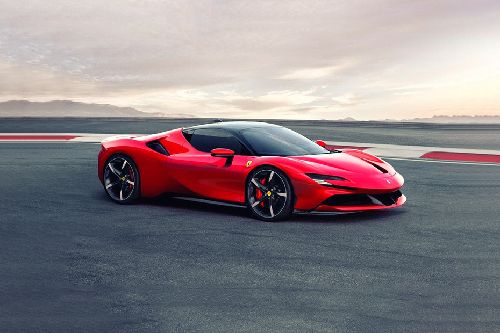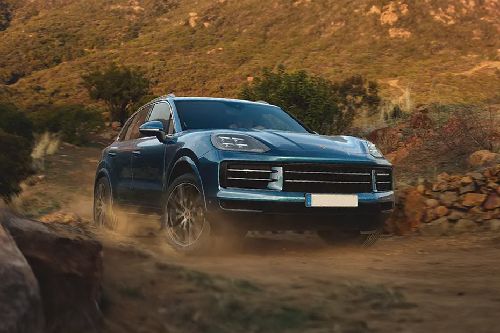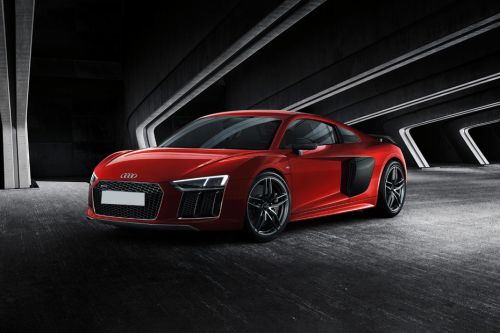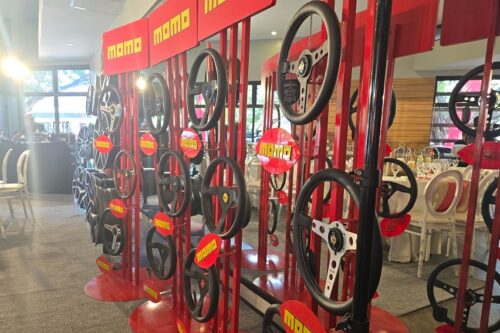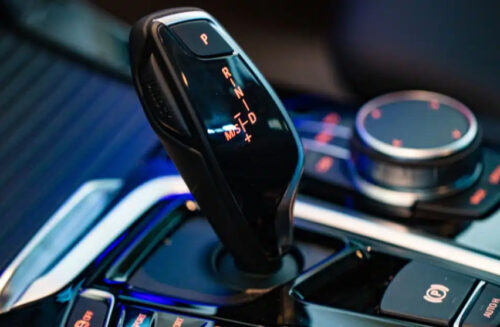Lotus unveils innovative blueprint for next-gen electric sports cars
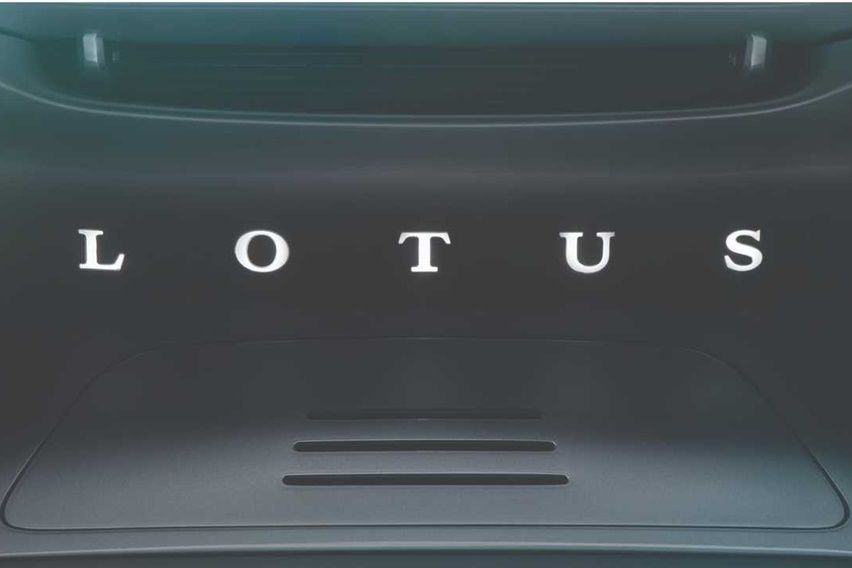
MANILA: Lotus has officially unveiled an innovative new lightweight chassis technology that will underpin the electric sports car in the brand’s new range of EV performance cars.
The structure was formed through Project LEVA (Lightweight Electric Vehicle Architecture), which was unveiled by Lotus last October. Project LEVA is a research program that fast-tracks the creation of all-new lightweight structures for next-generation battery electric vehicles.
Lotus announced that the structure will be incorporated into the brand’s new architecture for electric sports cars. With the development of this new structure, Lotus now has the “blueprint” for the next generation of electric sports cars, for the brand’s upcoming products, and for the Lotus Engineering consultancy to commercialize.
The Project LEVA lightweight chassis technology is currently exhibited at the Low Carbon Vehicle event organized by Cenex, the UK’s Low Carbon and Fuel Cells Center of Excellence. The event is being held at Millbrook Proving Ground, Bedfordshire, UK until tomorrow, September 23.
Project LEVA has been spearheaded by Lotus Vehicle Concepts Head Engr. Richard Rackham. He is best known for his groundbreaking work on the development of the extruded aluminum Lotus Elise architecture 25 years ago. In a statement, he said, “Project LEVA is as revolutionary now as the Elise architecture was in 1996. In true Lotus spirit, significant weight savings have been achieved throughout, with a focus on ultimate performance, efficiency and safety being engineered into the structure from the outset – for example, by utilizing the vehicle structure as the battery enclosure, having an integrated EDU, eliminating bolt-on subframes, and optimizing the multi-link suspension components.”

Lotus has produced a new animation that showcases how the technology will form part of the new electric sports car chassis and illustrates the versatile nature of this all-new vehicle architecture. It is fully adaptable to provide a platform for various EVs with different layouts, wheelbase lengths, battery sizes, and configurations.

The animation reveals that the three sports car layouts have the same lightweight die-cast rear sub-frame with numerous interchangeable components. With Lotus’ new innovation, a single vehicle architecture can accommodate two different types of battery configurations: chest layout and slab layout.

The chest layout is a “mid-mounted power pack” which is suitable for sports car and hypercars where a low overall ride height and low center of gravity are required. In this layout, the modules are piled vertically behind the two seats.
Meanwhile, the slab layout is ideal for vehicles where a higher ride height and taller overall profile is required. It is described as a “skateboard power pack layout.” In this layout, the modules are integrated horizontally under the cabin.
The new subframe comes with cylindrical battery cells to achieve high energy density, with the option of a single or twin electronic drive unit (EDU) to support. It will undergo cold cure, spot bonding, and modern weld processes to reduce environmental impact during assembly.
This unique level of versatility in wheelbase and propulsion solutions will be the pioneer for a wide range of EV applications. This could be first applied in the highly anticipated Lotus electric sports car which is scheduled to be launched in 2026. It will also be available for third-party clients through Lotus Engineering.
The Advanced Route to Market Demonstrator (ARMD) program has financially contributed in the project. The ARMD program was previously awarded by the UK Government’s Department of Business, Energy, and Industrial Strategy (BEIS).
“Project LEVA and the electric sports car architecture are perfect illustrations of the innovation which continues to be at the heart of everything Lotus does,” Lotus Cars Executive Director for Engineering Richard Moore stated. “Today’s EVs are heavy in comparison to their ICE equivalents, so the ARMD funding has helped Lotus to innovate earlier in the product cycle and develop a new vehicle architecture that targets lightweight and performance density from conception. Rather than developing a single vehicle, it means Lotus now has the ‘blueprint’ for the next generation of electric sports cars, for future Lotus products and for the Lotus Engineering consultancy to commercialize.”
Lotus has also teamed up with supply chain partner Sarginsons Industries and leading academic institution Brunel University London to harness the full “lighweighting” potential of the vehicle architecture.
The recent announcement is the latest in a series detailing Lotus’ transition to an all-electric brand. Last January, the company announced that it had signed a Memorandum of Understanding with Alpine, the performance car division of Groupe Renault, to study a various areas of cooperation, including the joint development of an electric sports car. Last April at the “Driving Tomorrow” global strategy conference, Lotus revealed that the E-sports vehicle architecture was one of four Lotus-developed chassis that would underpin future models. Last August, the company has also confirmed the launch of a new electric sports car in 2026, which will be manufactured in the UK.
According to Lotus, the next stage of the project is the development of the all-electric vehicles that will be built on the new innovative architecture.
Also featured on the ongoing Cenex event is the Lotus Evija, the first-ever pure-electric British hypercar. The Evija will be “naked” with several body panels removed to allow people to see key components and systems.
Photos from Lotus
Also read: Lotus unveils full specs, price of Emira V6 First Edition
Sell your car at the best price
 Verified and genuine buyers
Verified and genuine buyers
Lotus Car Models
PIMS 2024
Trending & Fresh Updates
- Latest
- Popular
You might also be interested in
- News
- Featured Stories
Lotus Featured Cars
- Latest
- Upcoming
- Popular
Latest Lotus Elise Car Videos on Zigwheels

Trending Coupe
- Latest
- Upcoming
- Popular
Lotus Elise Car Articles From Carmudi
- journal
- advice
- financing
- insurance

